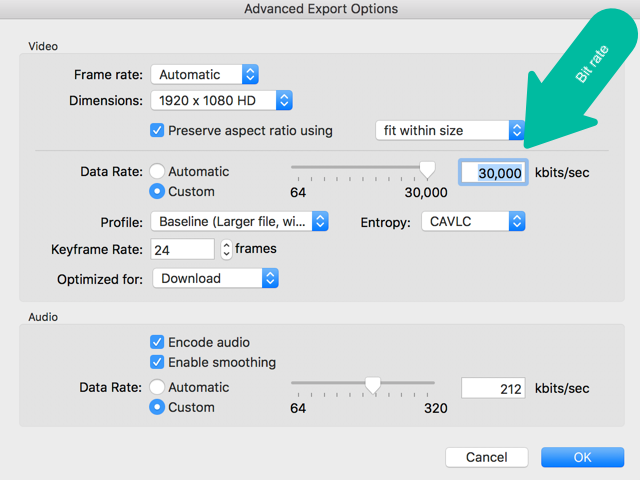Video File Formats, Codecs, and Containers Explained

With today’s technology, the possibilities on personal computers and mobile devices seem to be endless, allowing us to create videos that grab the attention of an audience within seconds. Videos today are not just something that we watch, they are something that we engage in and something we become a part of. It is necessary to understand the different video file formats to ensure that the video is produced in the best format and quality for its intended purpose, hosting location, and audience. Let’s take a look:
The Importance of Codecs, and Containers
Let’s first begin by talking about codecs, which deal with compressing your file. What is it, and why is it important? There are two kinds of compression: lossless and lossy. Most of the time, the quality can’t be perceived by the human eye, but in some cases, it can make visuals look grainy, sounds flat and muffled, or make videos difficult to play.
In order to compress a video, your file must also have a corresponding codec. A codec is a software that compresses your video so it can be stored and played back. The most common codec includes h.264, which is often used for high-definition digital video and distribution of video content. It is also important to note the bit rate, which refers to the amount of data stored for each second of media that is played. The higher the bit rate, the less compression, which results in overall higher quality. However, be aware that the higher the bit rate, the larger the file size.

In addition to a codec, each video file has a container. The container is like a box that contains your video, audio, and metadata (vital data such as captions, SEO, and vital information that pieces the video together for playback). It can also be called a file extension since they are often seen as file names, such as AVI, MOV, or MP4. While AVI and MOV are available options, we recommend using MP4 h.264, as it is currently the industry standard for high definition video and provides the most practical way of distributing video content.
Why MP4 and h.264?
First introduced in 1988, MP4 files use separate compression for audio (m4a) and video (m4v), and is the typical file format used for sharing videos over the Web in this day and age. MP4 sizes are relatively small, but still have high quality even after compression. It is able to store other types of data other than audio and video, such as object descriptors, scene descriptors, and other file structures and features (this is the metadata). MP4 is more popular than other file formats because of the way it is compatible with both online and mobile browsers.
MP4 offers more compatibility compared to other file formats, as it can be used with Apple and Microsoft, across computers, tablets, phones, game consoles, or TVs. It is also widely accepted by various media players, editing softwares, and used over the web, all of which is compatible with h.264.
In addition to being compatible with most devices, MP4 can be widely used for multiple projects. Teachers or trainers can insert MP4 videos into PowerPoint presentations and those on the web can download online videos as an MP4 for easy and convenient playback.
Get your final project in front of your audience now! Complete your work in your favorite video editing software (we recommend TechSmith Camtasia), and share it as an MP4 with just a couple of clicks!
© Copyright 2000-2025 COGITO SOFTWARE CO.,LTD. All rights reserved